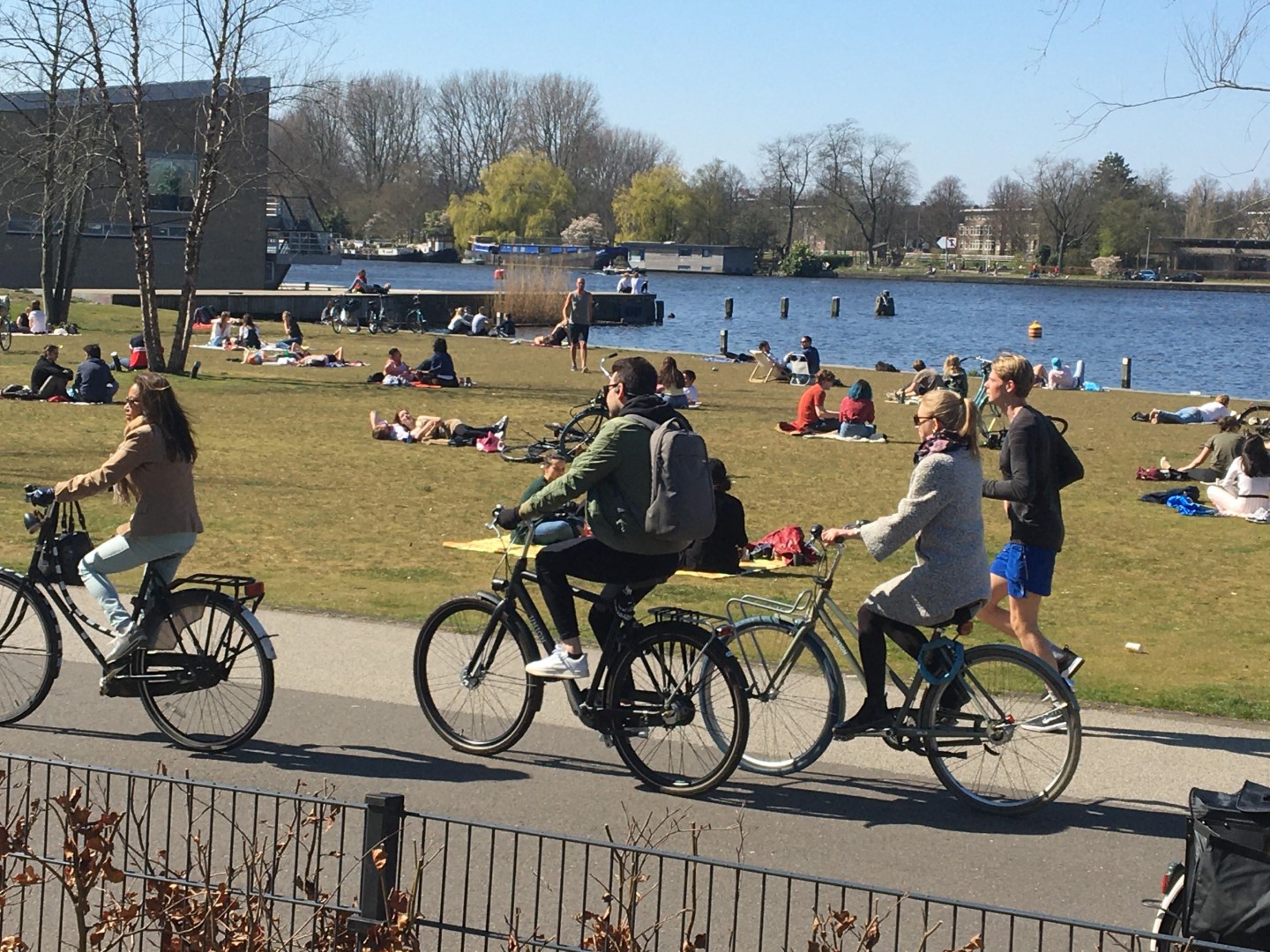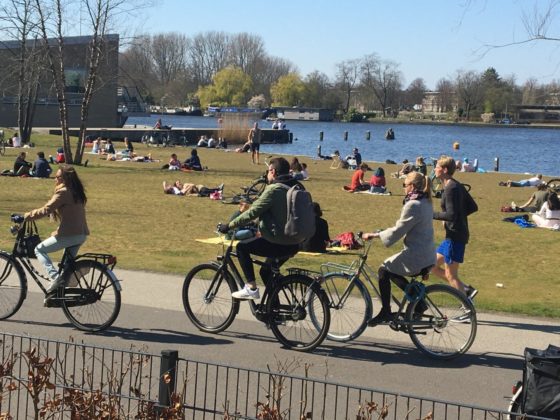Older, more diverse Dutch population could grow to 22 million by 2050


The Dutch population is set to become larger, older and more diverse in the next 30 years, according to a study commissioned by parliament.
The national statistics agency CBS and the demographic institute NIDI produced a range of figures in response to a question raised by VVD parliamentary group leader Klaas Dijkhoff during last September’s budget debate.
Dijkhoff asked if there was a ‘critical limit to the number of Dutch people who can live here’, but the study was also backed by parties such as Labour (PvdA) and D66 who wanted a more detailed picture of the future population.
The forecast for the total population varies from 17 million – slightly lower than the current number – to 22 million, depending on which of seven projections for future growth is used.
Between 30% and 40% of residents will have a migrant background by 2050, defined as having at least one parent born outside the Netherlands, the two agencies calculated. The current proportion is 24%.
The composition of the minority population is also expected to change. Currently 60% of people with migrant roots come from former Dutch colonies such as Indonesia and Surinam, as well as Turkey and Morocco. Over the next 30 years the main growth will be among migrants who arrive as students from Asia or Latin America and former asylum seekers from the Middle East and Africa.
Around 10 per cent of people are expected to be over the age of 80, twice as large as the current proportion. The number of households is set to grow faster than the population level as more people live alone and those in their seventies are expected to stay longer in their own homes.
Thank you for donating to DutchNews.nl.
We could not provide the Dutch News service, and keep it free of charge, without the generous support of our readers. Your donations allow us to report on issues you tell us matter, and provide you with a summary of the most important Dutch news each day.
Make a donation